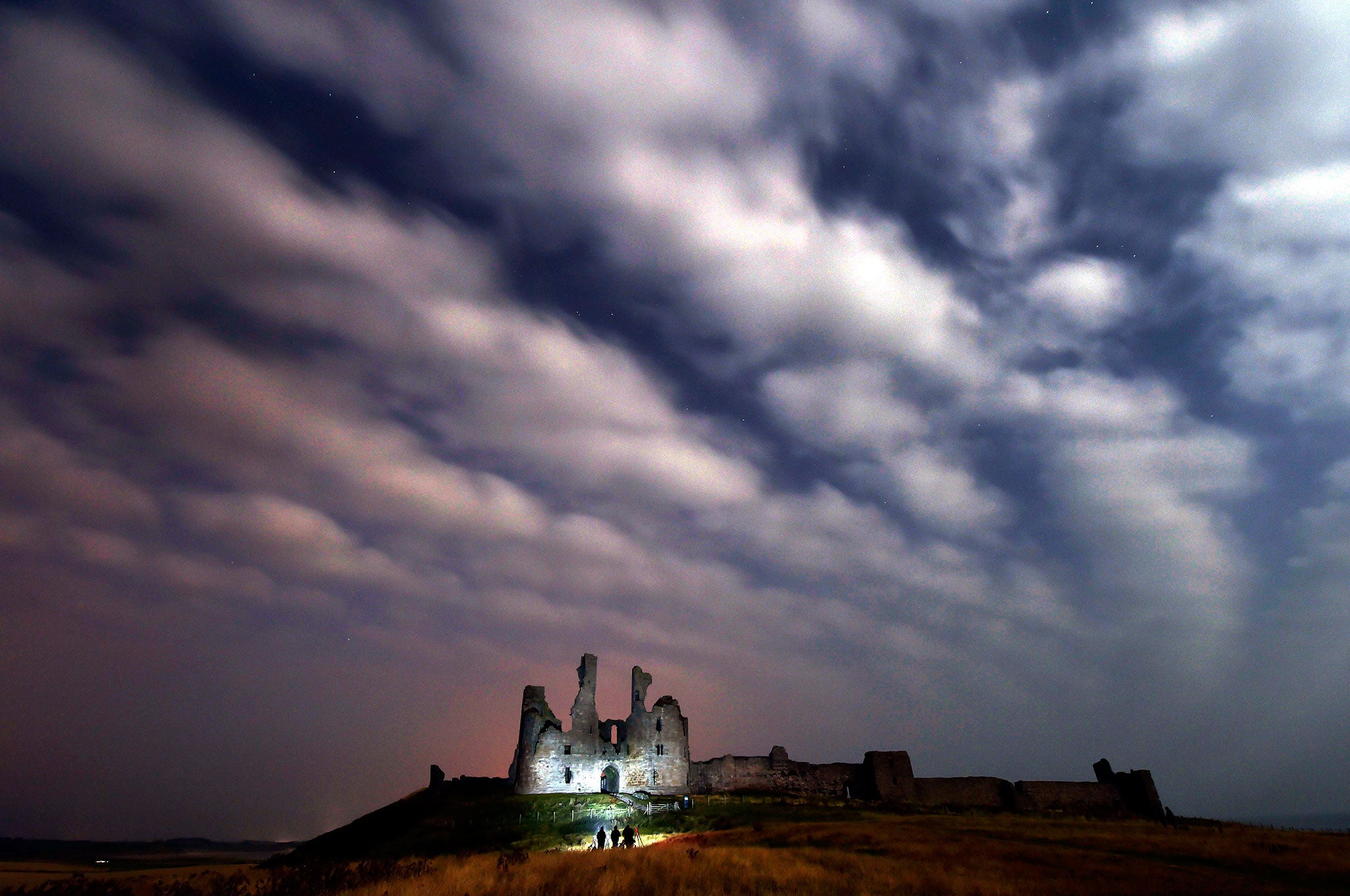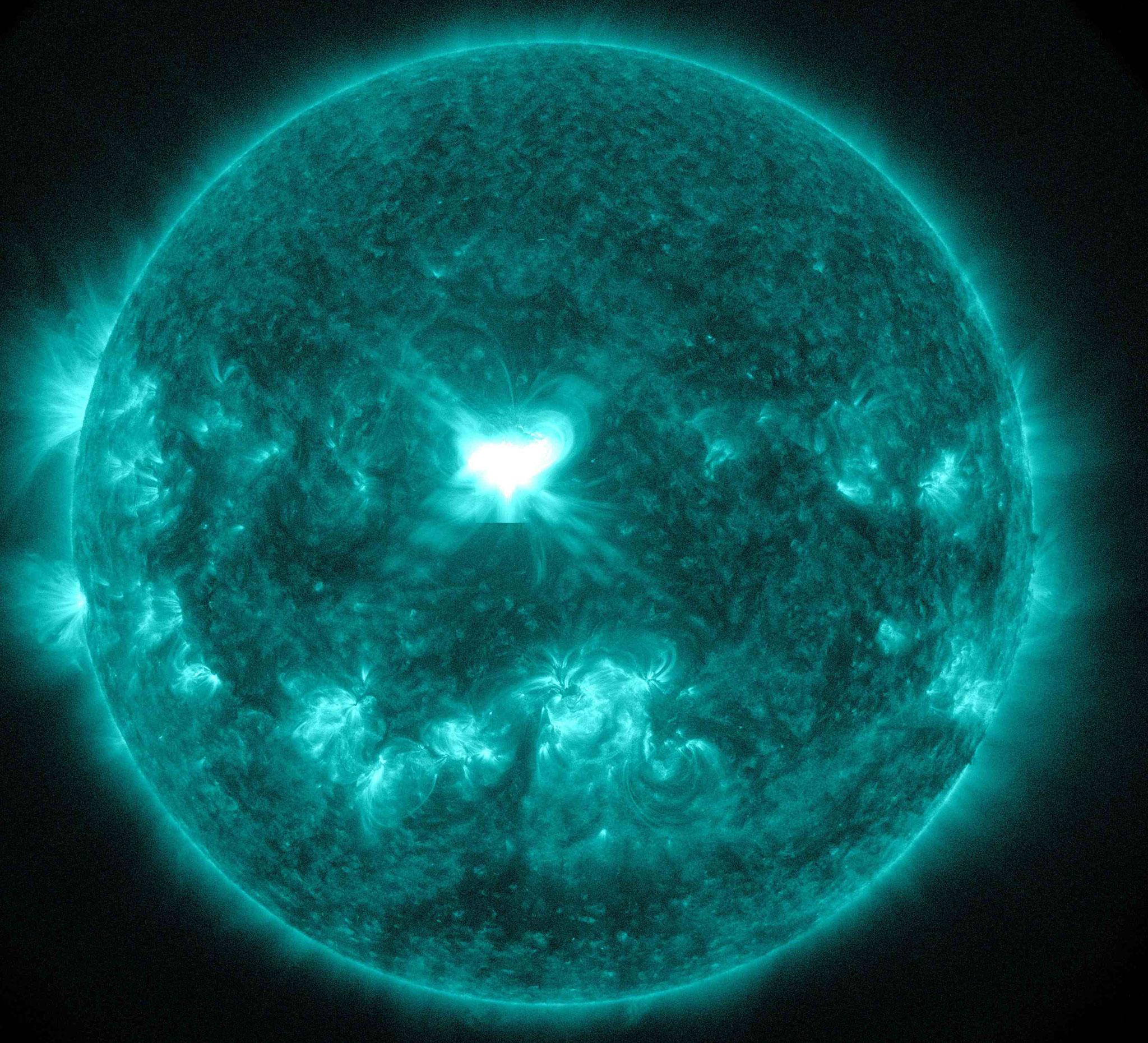Northern Lights UK: Aurora Borealis delights some and leaves others disappointed
Experts said that the intensity of the solar flares could cause disturbances in satellite and radio transmissions

Skywatchers spent Friday night outdoors to see if they could catch a glimpse of the Aurora Borealis, which was expected to be uncharacteristically clear due to two huge solar flares currently bouncing off the earth’s atmosphere.
Photographers captured images of the Northern Lights off the coast of County Antrim, Ballyholme in County Down, and Caithness, north Scotland.
On Friday evening, a solar flare hurled vast clouds of charged particles towards Earth – producing spectacular displays in Scotland, Ireland, and even some parts of north England.
Experts said that the intensity of the flares could cause disturbances in satellite and radio transmissions, but the Space Weather Prediction Centre issued a reminder that solar storms do not harm people directly.

To increase the chance of seeing the Aurora Borealis, scientists advised people to sign up to an alert service and head outside between 8pm and 12am in the UK - to find a dark place with no light pollution.
However, some will have been disappointed as the Northern Lights failed to reach other areas around the UK, despite predictions that they would make it as far as Swansea, south Wales.
Join our commenting forum
Join thought-provoking conversations, follow other Independent readers and see their replies
Comments